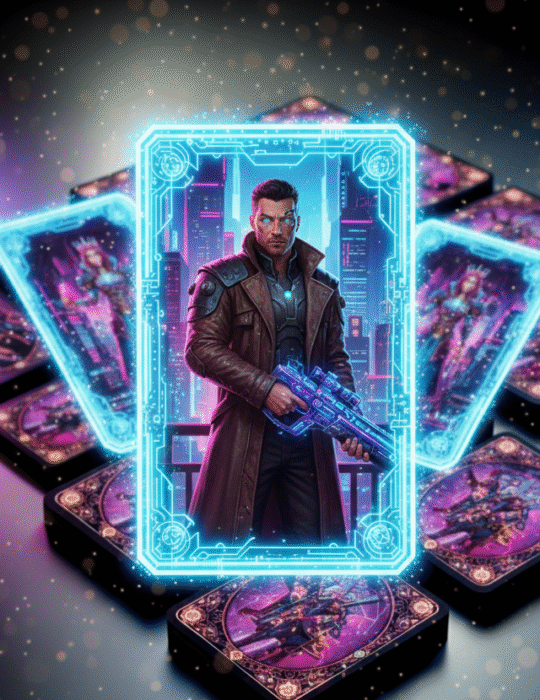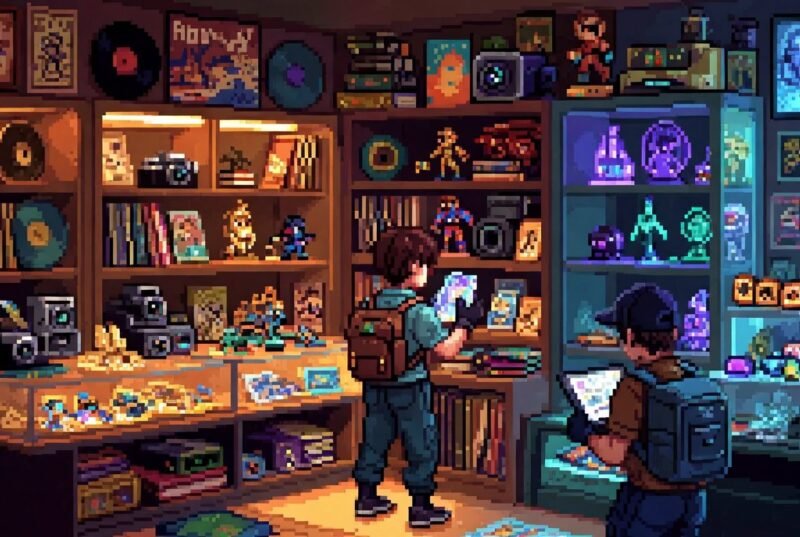In the digital age where visual content reigns supreme, music is like that backstage assistant who makes the whole show shine without anyone noticing. The right soundtrack can take your videos, presentations, and social media posts from “okay” to “OMG, I need to watch this again!” The right music evokes emotions and captures attention in a way that visuals alone never could.
🎵 Why does music matter?
First, let’s understand why it matters. Music can seriously impact the success of your visual content in several ways:
- Emotional resonance: Music has the power to tune into people’s emotions, setting the mood and tone of your visual story. Want to evoke joy, nostalgia, adrenaline, or introspection? The right music will take your audience straight there, without any interruptions.
- Audience engagement: A good beat can keep viewers watching for longer, boosting your engagement numbers. Studies show that videos with appropriate soundtracks significantly increase watch time and decrease bounce rates.
- Brand identity: Just as your logo and color palette are part of your visual identity, a consistent musical style can create a powerful auditory association with your audience.
- Enhancing storytelling: Music highlights important moments, creates tension, or provides relief, reinforcing the narrative of your content. Carefully synchronizing music with your visual story can make the experience much more memorable.
🎧 Tips for amplifying your visuals with music
Here are some practical tips for using music to elevate your visual content:
- Match the vibe: Use mood filters to quickly find tracks that align with the emotional tone of your content.
- Experiment with different genres: Don’t be afraid to experiment with unexpected musical styles for contrast or a unique twist.
- Take advantage of stems: Personalize tracks by removing or isolating specific instruments.
- Create consistency: Develop a sonic identity by using consistent styles or genres.
- Stay on top of trends: Explore popular tracks, especially on platforms like TikTok where music is crucial.
- Enhance storytelling: Use music to highlight key moments, build tension, or provide resolution.
- Consider sound effects: Don’t forget about sound effects to add depth and realism to your content.








